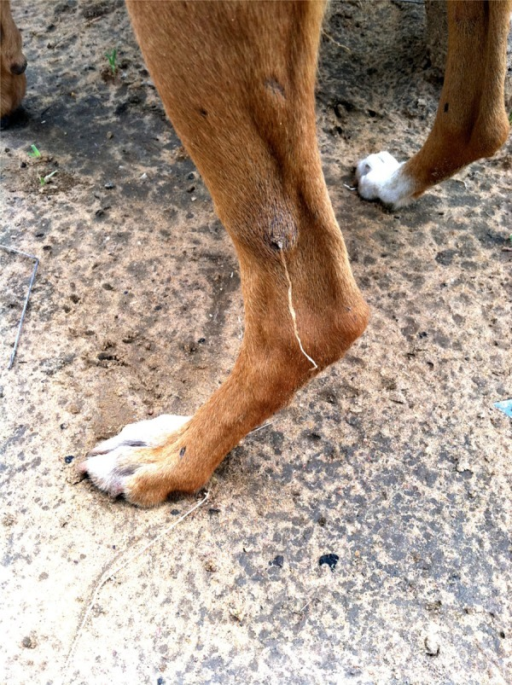

A mature fertile cyst may contain several million such heads. These cysts contain around 30 to 40 tapeworm heads (the first segment of the tapeworm). These embryos penetrate the wall of the intestine and are carried in the bloodstream to vital organs such as the liver, lungs or brain, where they can develop into watery ‘blisters’ called hydatid cysts. The eggs hatch in the animal’s gut into embryos (called oncospheres). Infection begins when the grazing animal eats dog or dingo faeces infected with tapeworm eggs. Intermediate host – such as sheep, pigs, cattle, goats, horses, camels, wallabies and kangaroos.The tapeworm needs two hosts to complete its life cycle:

Infection with tapeworm eggs causes cysts to form in vital organs such as the liver and lungs. granulosis), which can infect dogs and dingoes, particularly in sheep farming areas.Ī person who comes in contact with the faeces of an infected dog (that is, when eggs from the tapeworm are passed in the faeces) may develop hydatid disease. In Australia, the most serious locally acquired form of tapeworm infestation is caused by the hydatid tapeworm ( Echinococcus granulosis or E. Humans can also become infested after close contact with animals like cats and dogs.

They can be caused when humans consume raw or undercooked animal products that contain worm larvae (for beef or pork). The term ‘tapeworm’ describes a group of parasitic worms that live in the gut of animals, including humans.


 0 kommentar(er)
0 kommentar(er)
